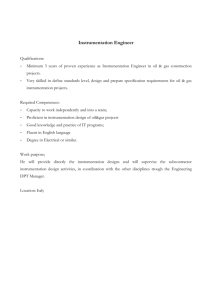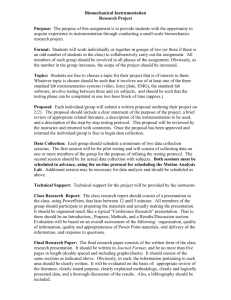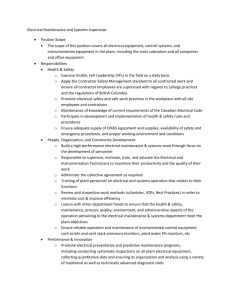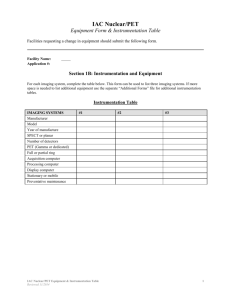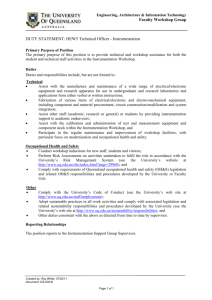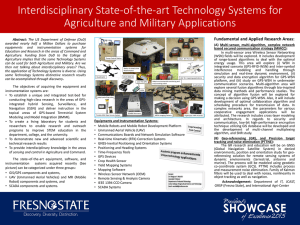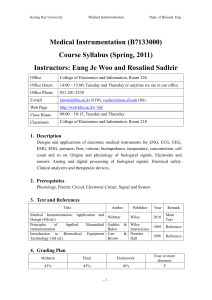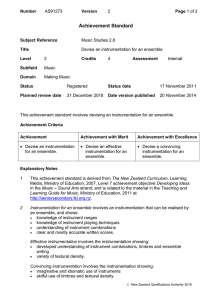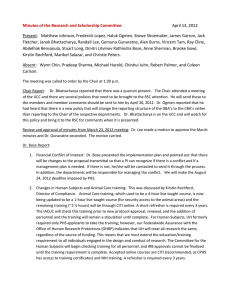Data Reconciliation and Instrumentation Upgrade. Overview and Challenges
advertisement
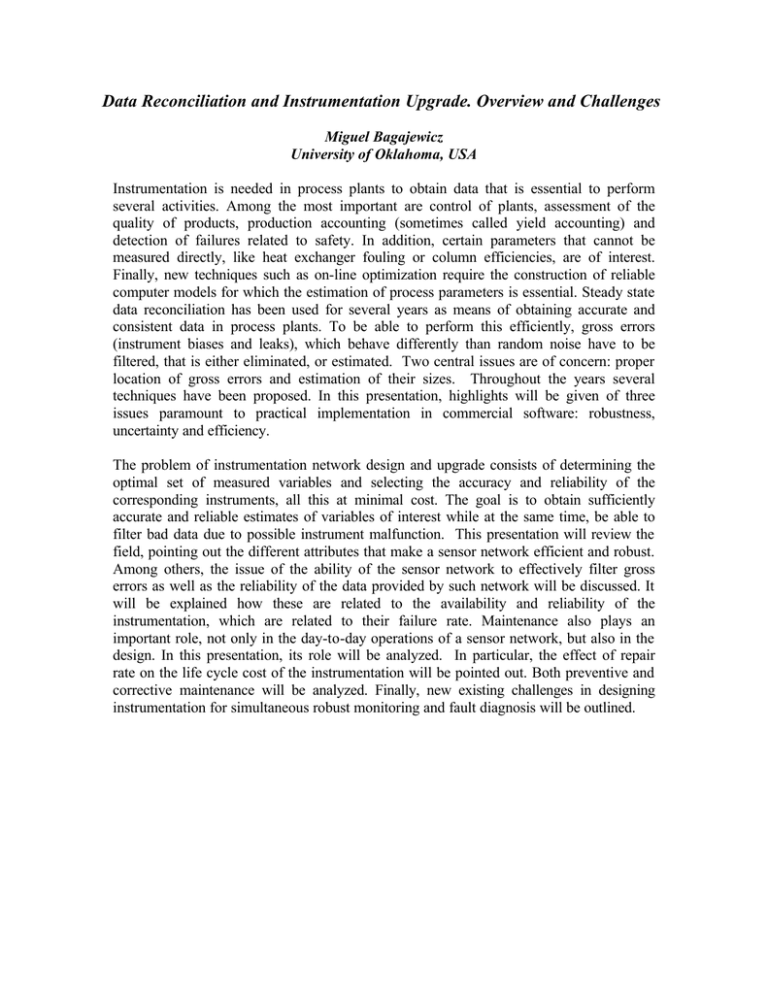
Data Reconciliation and Instrumentation Upgrade. Overview and Challenges Miguel Bagajewicz University of Oklahoma, USA Instrumentation is needed in process plants to obtain data that is essential to perform several activities. Among the most important are control of plants, assessment of the quality of products, production accounting (sometimes called yield accounting) and detection of failures related to safety. In addition, certain parameters that cannot be measured directly, like heat exchanger fouling or column efficiencies, are of interest. Finally, new techniques such as on-line optimization require the construction of reliable computer models for which the estimation of process parameters is essential. Steady state data reconciliation has been used for several years as means of obtaining accurate and consistent data in process plants. To be able to perform this efficiently, gross errors (instrument biases and leaks), which behave differently than random noise have to be filtered, that is either eliminated, or estimated. Two central issues are of concern: proper location of gross errors and estimation of their sizes. Throughout the years several techniques have been proposed. In this presentation, highlights will be given of three issues paramount to practical implementation in commercial software: robustness, uncertainty and efficiency. The problem of instrumentation network design and upgrade consists of determining the optimal set of measured variables and selecting the accuracy and reliability of the corresponding instruments, all this at minimal cost. The goal is to obtain sufficiently accurate and reliable estimates of variables of interest while at the same time, be able to filter bad data due to possible instrument malfunction. This presentation will review the field, pointing out the different attributes that make a sensor network efficient and robust. Among others, the issue of the ability of the sensor network to effectively filter gross errors as well as the reliability of the data provided by such network will be discussed. It will be explained how these are related to the availability and reliability of the instrumentation, which are related to their failure rate. Maintenance also plays an important role, not only in the day-to-day operations of a sensor network, but also in the design. In this presentation, its role will be analyzed. In particular, the effect of repair rate on the life cycle cost of the instrumentation will be pointed out. Both preventive and corrective maintenance will be analyzed. Finally, new existing challenges in designing instrumentation for simultaneous robust monitoring and fault diagnosis will be outlined.


